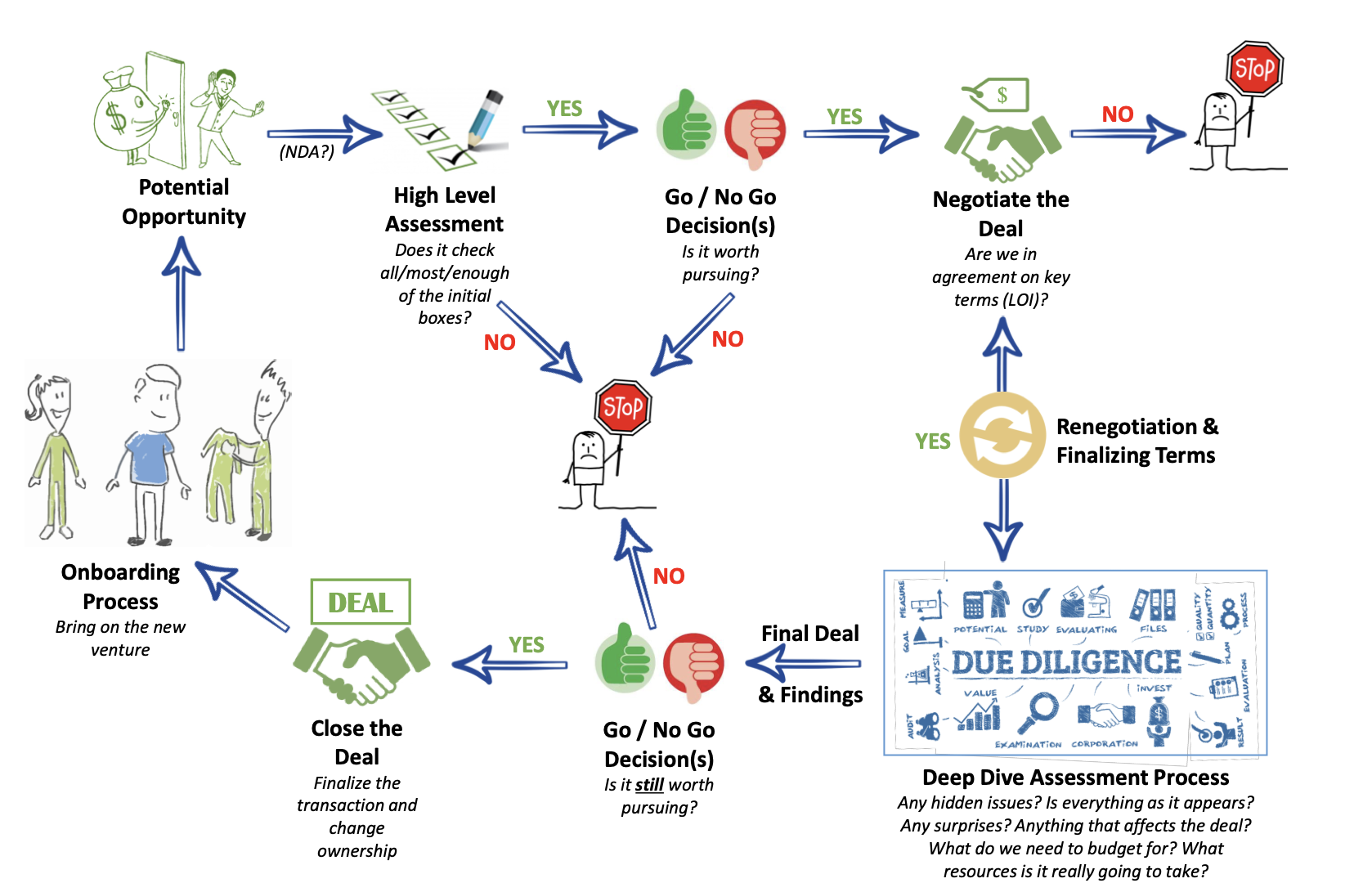INNOVATION & CROSS-DISCIPLINARY SOLUTIONS
Optimizing Strategic Partnerships Can Aid All Health Systems
Developing intelligent strategic partnerships is a core component of building health systems and striving to achieve health equity and doing so can have a significant impact on both organizational success and customer satisfaction.
During a session held at the Society for Health Care Strategy & Marketing Development (SHSMD) 2024 Connections conference, experts shared their perspectives on how best to leverage strategic partnerships in order to maximize the benefits and inform improvements in care and access.
“We all understand the challenges that are facing health care right now, including pressures related to margins and workforce shortages, but the need to provide quality care continues to grow,” said panel moderator Sarah Brownell, strategic growth director of HDR Architecture Inc. in Charlotte, N.C.
While such challenges can often create circumstances where strategists and marketers are tasked with doing more with less, smart strategic partnerships can result in more significant community connections. This, according to Brownell, can allow for a shift in thinking, leaning into partnerships in a way that allows both urban and rural health systems to do more with more.
The individual needs of health systems, and how strategic partnerships can best address these needs, differ depending on the size of the system, its location, and the core elements of its own strategic plan.
Todd Hickey, chief strategy officer of ECU Health in Greenville, N.C., has spent his career focused on rural health. He said partnerships are essential in order to build necessary care teams across his community. “In rural health, being able to accomplish things is a team sport,” he says. “We have to depend upon partnerships.”
In eastern North Carolina—the area his organization serves—being able to move patients as needed so they can receive the necessary level of care is essential. “Part of the success we’ve been able to achieve has to do with working with other entities in order to be able to build the right care models to help our patients,” Hickey explains.
Achieving this requires identifying partnerships that will bring the greatest benefit to the organization and that can realistically be brought to fruition.

“Operations informs strategy,” Hickey notes. “If you have a strategy that you can’t operationally execute, you are left with a nice strategy sitting on a shelf with a cool PowerPoint.”
This, Hickey stresses, doesn’t lead to real results. Significant growth also shifts an organization’s needs, making it critical to pursue new strategic partnerships—and to reassess whether existing ones still serve a purpose. When Wendy Minor, executive director of strategic partnerships for the Medical University of South Carolina’s (MUSC) health system, based in Charleston, began focusing on industry partnerships in 2018, the organization included seven hospitals with approximately 14,000 employees.
By 2025, marking MUSC’s 201st year of service, the health system has expanded to 16 hospitals statewide, with six more in development. Its workforce has grown to nearly 34,000 employees and affiliates, and it has evolved into a truly statewide system, serving all 46 South Carolina counties. Supporting this growth has required Minor and her colleagues to rethink what strategic partnership looks like.
“We know we can’t do it alone,” she says. “We need a broad range of partners, each bringing different strengths to the table.”
Because the health system is based in Charleston—a vibrant hub for innovation—it’s well-positioned to form partnerships across diverse sectors.
“Most of our partners are hospital- and health-focused, but we also partner with life sciences because that field drives research and innovation,” Minor explains. “We want to leverage what the state, and Charleston in particular, has to offer by supporting not only our health systems but also our life sciences sector, educators and researchers to, in the end, benefit our patients.”
For Hickey and ECU Health, leaning into teaching and research via being an academic medical center has been beneficial.
“Our university and health system hadn’t always been connected, so we’ve worked to build partnerships in order to make it an academic health system,” he says. “A health system that can recruit and retain at the highest level is going to be a big value add, and having training locations and residencies in these rural areas is a huge component of that.”
Choosing the correct strategic partners can also require careful consideration in terms of how well those potential partners would fit within an organization’s mission.
“Our mission and vision are moving people to feeling whole,” notes Mark Murrill, administrative director for strategy and development at AdventHealth in Hendersonville, N.C. “We want to make sure that each partner in whatever capacity that we’re interacting with is moving our community and our patients on a path toward feeling whole, and that means different things to different people.”
Minor echoes the importance of building relationships with partners who align with your organization’s vision and can grow in step with the system’s needs.
“You don’t just pick a partner. A 10-year partnership is a marriage, so you have to make sure that it’s going to work,” she notes. “You need to know what they are bringing to you, what gaps they are filling, and whether they are culturally aligned and are going to flex when you need them to.”
And while external partnerships often receive the most attention, the panelists all highlight that building strong internal structures, complete with quality communication, is necessary for success.
“Internal communication is a huge component, especially when you are a multi-hospital system,” Hickey says.


